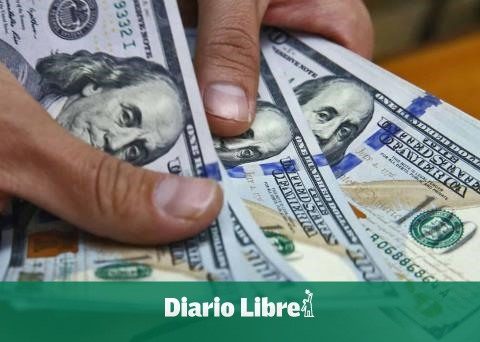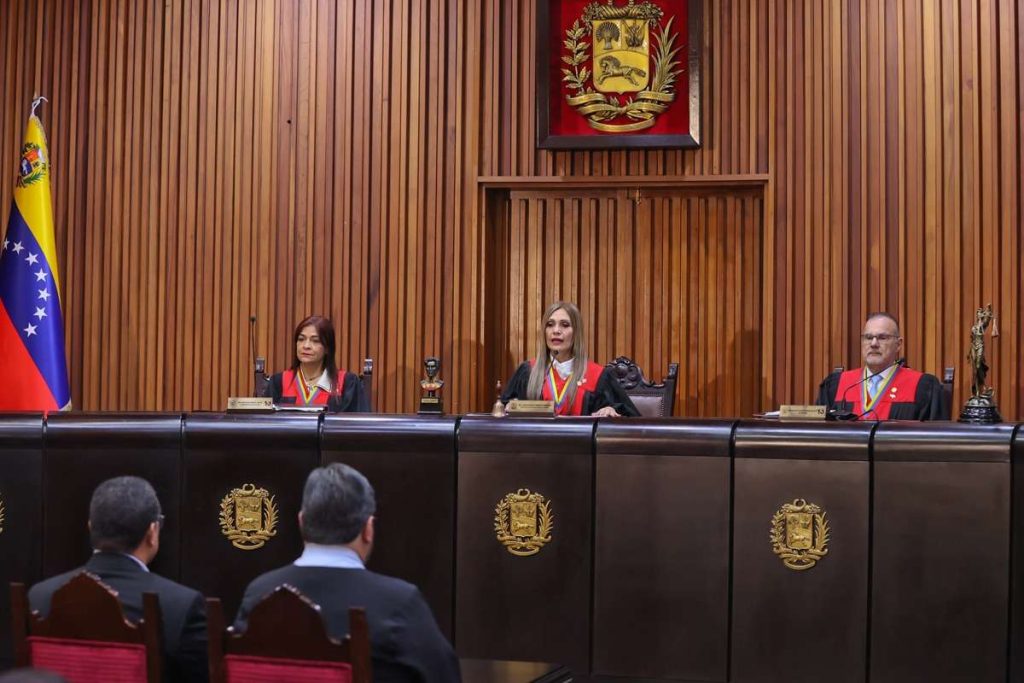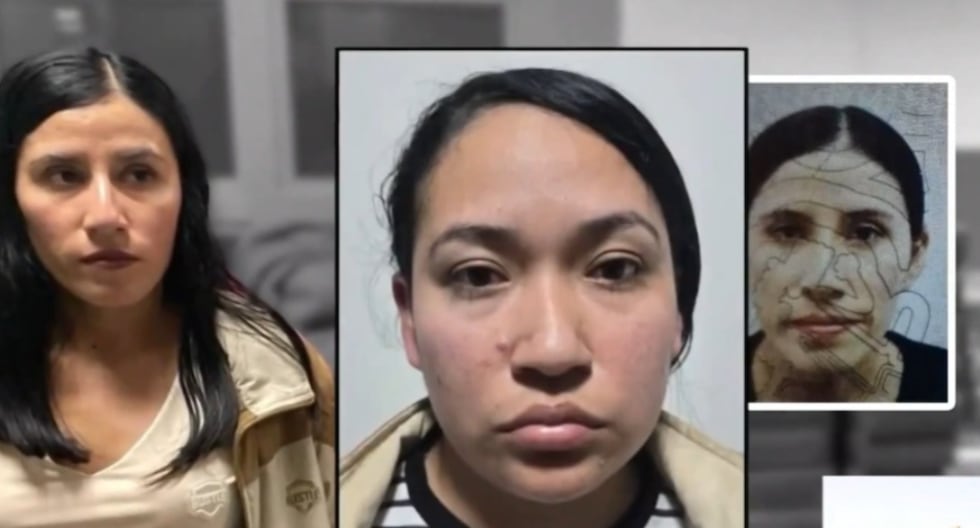Hello, distinguished readers of elCaribe! There are countless Spanish speakers who make mistakes when using the terms “o sea”, “ósea” and “ósea”. Let me tell you that the three terms we are referring to have nothing to do with each other, because they have completely different meanings.
These three words exist and are valid terms established by the Academies, but we must keep in mind that “osea”, written in two words, is synonymous with “that is to say”. On the other hand, the word “ossea” has to do with bones, which is why you hear the phrase “bone marrow”, “bone mass” or “bone density”. In the case of “ossea”, this is a term derived from the verb osear, which means to scare birds.
“The spelling ósea corresponds to a form of the verb osear ‘to scare away domestic birds and game’. Furthermore, hueso is the feminine of óseo ‘of the bone’,” the Royal Spanish Academy (RAE) confirms in its quick questions section.
Now, let’s go a little deeper into the term that causes the most confusion and is the most used, I am referring to “o sea”, written in two words. Referring to Fundéu, we find that the expression “o sea” is appropriate to introduce an explanation or the consequence of something that has just been expressed. For example: “I guarantee that today I will visit grandma, that is, before the day is over I will go see her.”
It is important to note that the Dictionary of the Spanish Language only records the expression “o sea” in two words. On the other hand, the Pan-Hispanic Dictionary of Doubts explains that it is not correct to write it in one word (osea) and that the variant “o séase” is not typical of the educated language.
“With regard to punctuation, although it does not establish categorical rules and there may be sentences with ambiguous interpretation, this dictionary indicates that it is usual to put a comma after this phrase when it introduces an explanation, clarification or reformulation of the preceding element,” Fundéu cites.
For example: “A high percentage of cancer cases are inherited, that is, it is genetic”; while it is not usually followed by a comma if it introduces a consequence: “To go to Pico Duarte you have to be very brave, so I think I’ll go to Montaña Redonda instead.”
It is important that we know the meaning of these three terms that cause so much confusion when writing, because… believe me, even “intellectuals” comment on their mistakes when writing.
Thanks for reading me!
The entrance “That is”, “bone” and “bone” was first published in elCaribe newspaper.

















